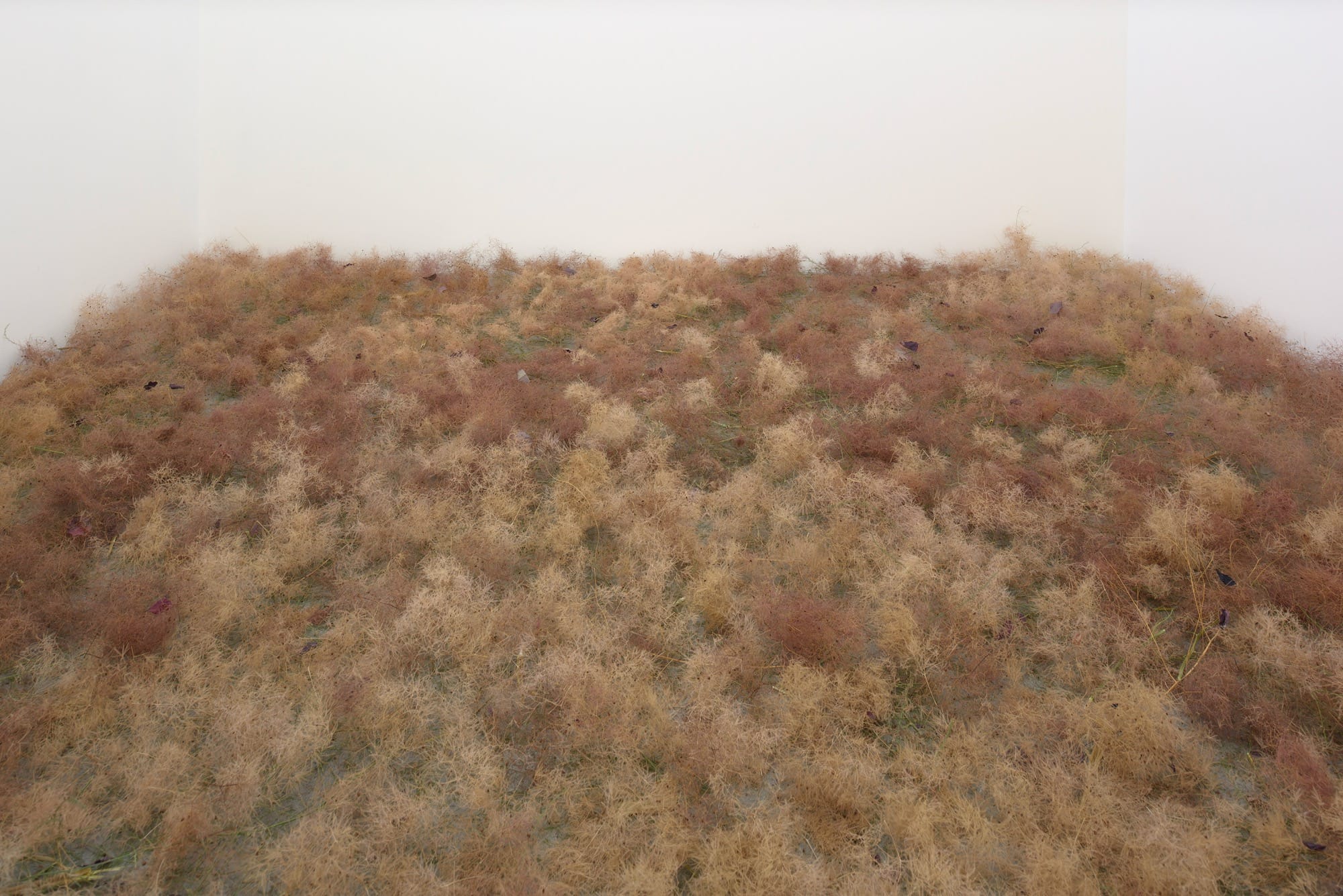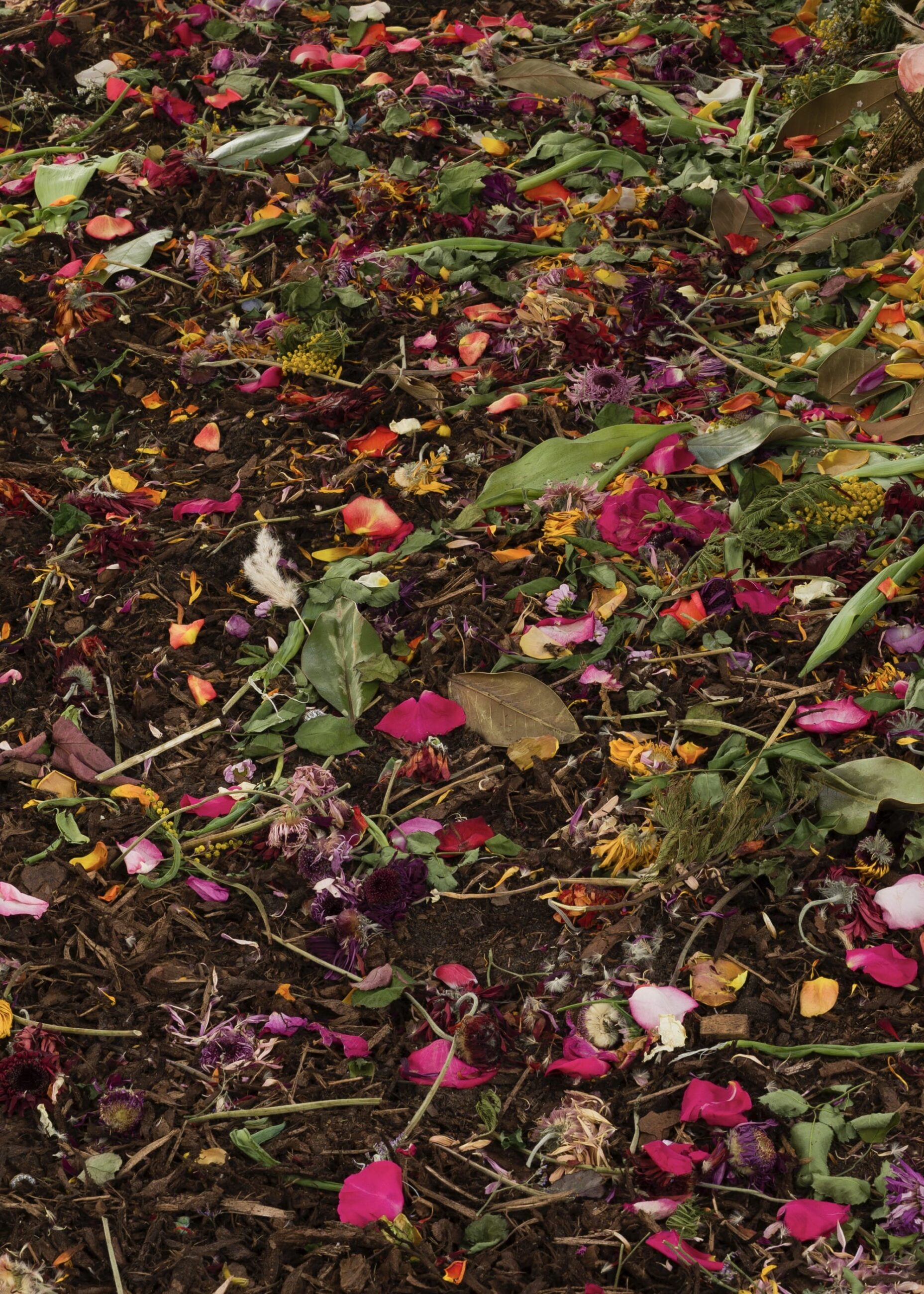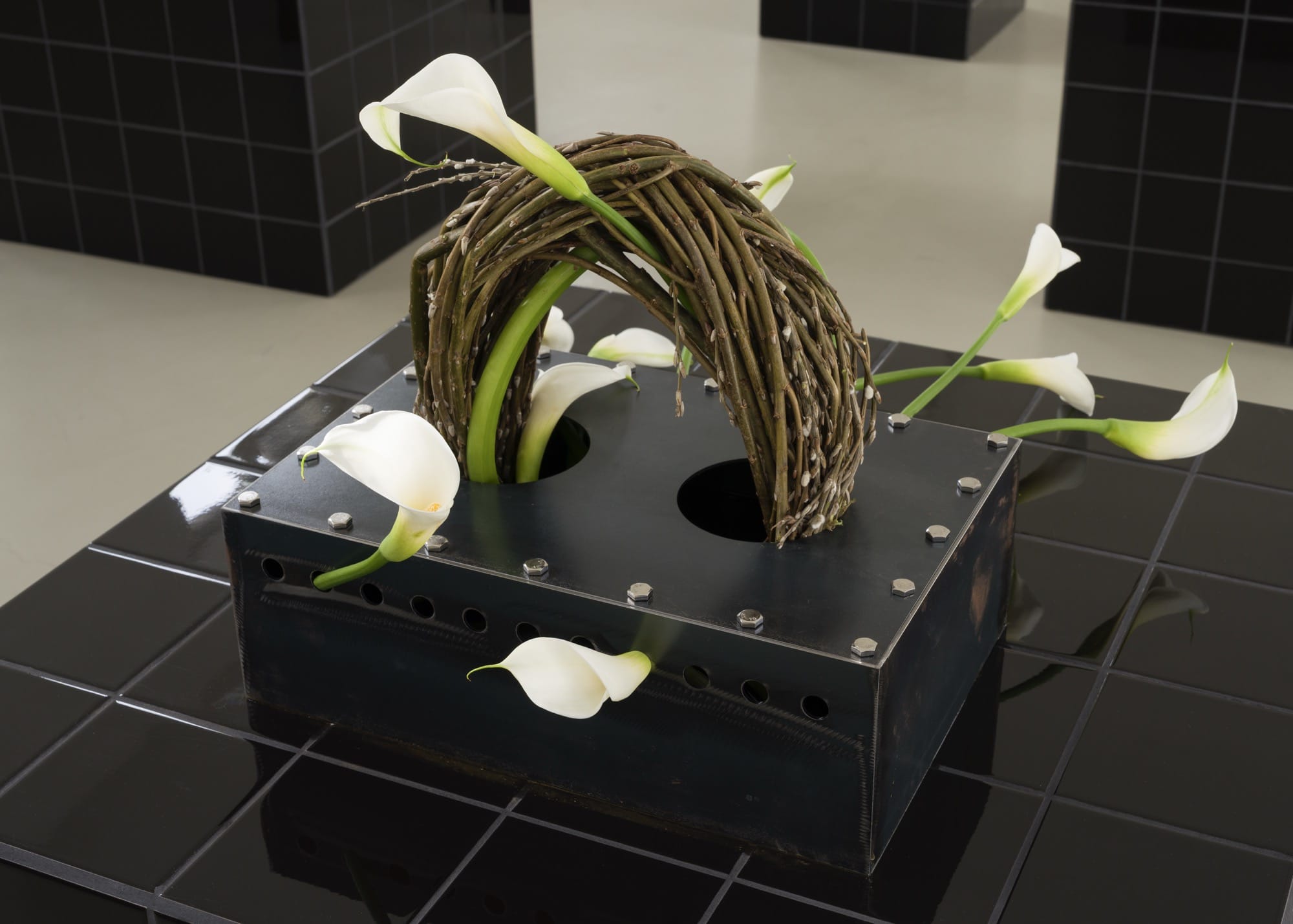“I want to blow up the very notion of what makes ikebana beautiful,” declares Kosen Ohtsubo, a trailblazer in the world of Japanese conceptual art. And he means it—not with fireworks, but with quiet, radical gestures that challenge centuries of tradition.
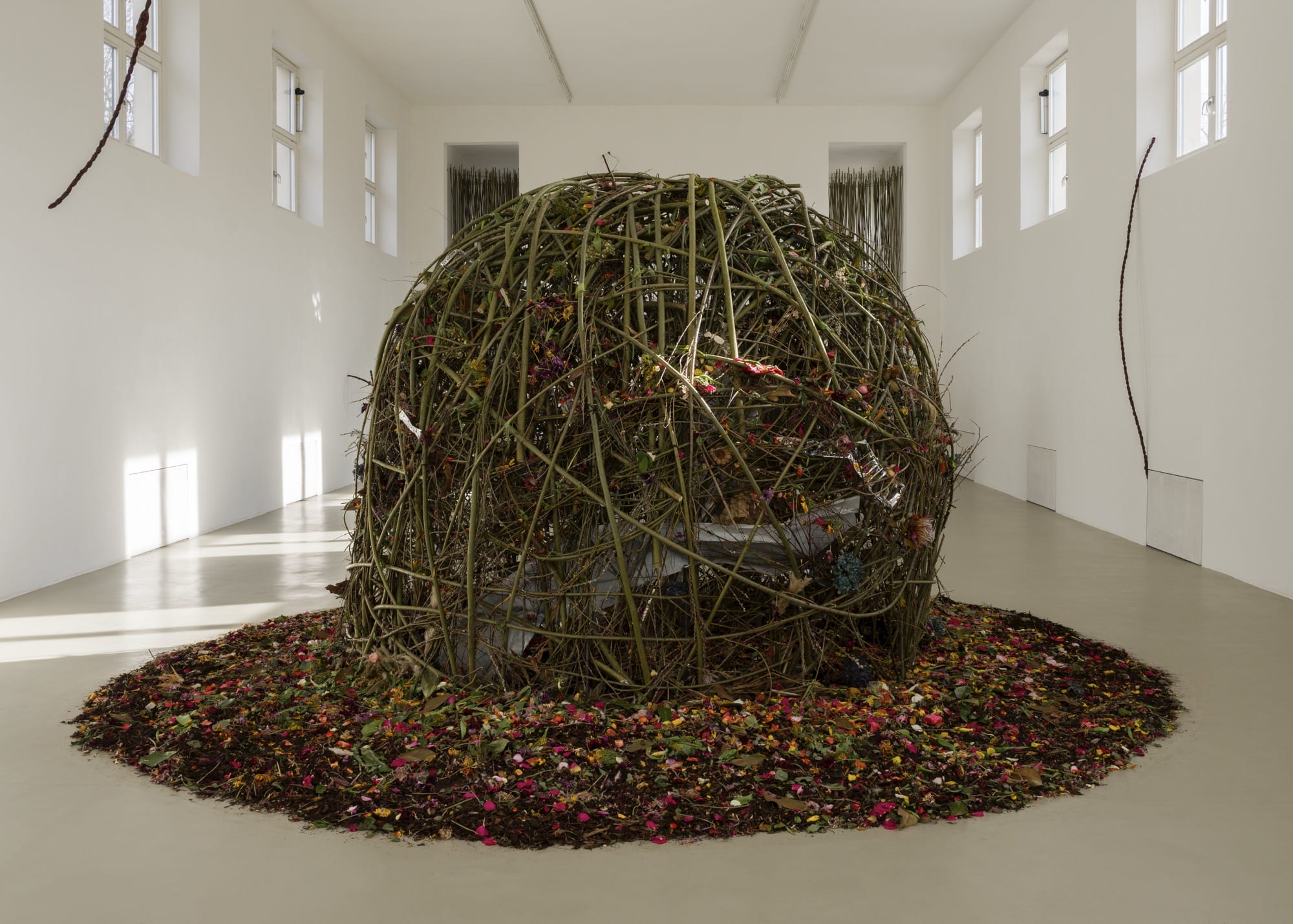
Since the 1970s, Ohtsubo has been reimagining the ancient practice of flower arrangement, twisting its rules into something raw, unpredictable, and wholly his own. Forget delicate cherry blossoms in porcelain vases—he’s been known to use cabbage leaves, rusted bathtubs, even scraps of metal. It’s as if he’s jamming on petals and steel the way a jazz musician riffs on a theme—no surprise there, since jazz is often playing in the background while he works. For Ohtsubo, improvisation isn’t a technique; it’s a philosophy.
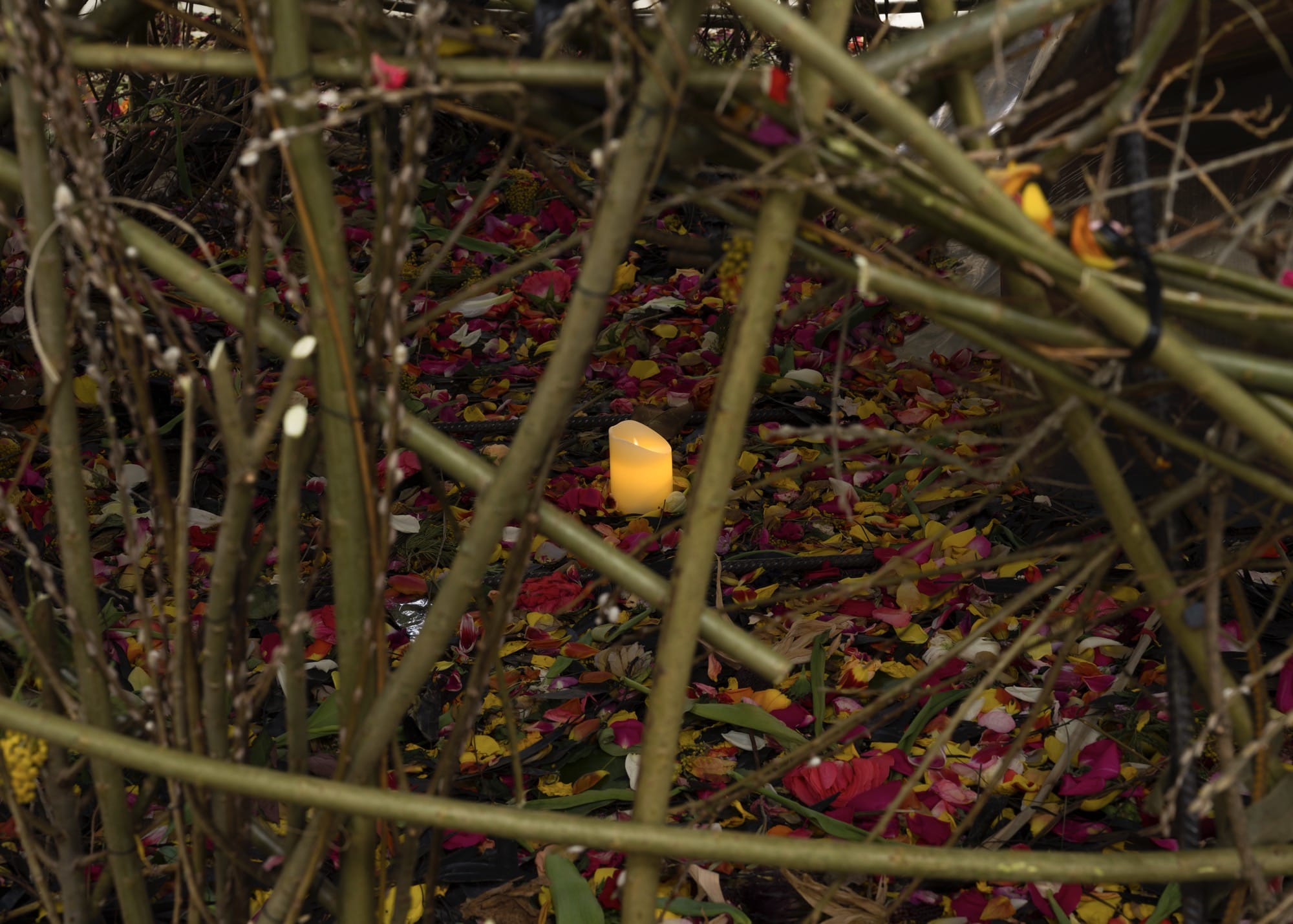
Now, at Kunstverein München in Munich, a new exhibition titled Flower Planet brings Ohtsubo’s boundary-pushing creations into dialogue with the work of Christian Kōun Alborz Oldham. Oldham’s journey began with a serendipitous encounter in 2013—he stumbled upon a book about Ohtsubo, and soon after became his student. The title of the show nods to a sign outside Ohtsubo’s studio in Tokorozawa, Japan, hinting at the whimsical world viewers are about to enter.
Inside, the exhibition unfolds like a dream—one rooted in impermanence and transformation. Sculptures and installations ask us to look again at what we think we know about beauty, fragility, and control. In ikebana, where the lifespan of an arrangement is fleeting, photography becomes essential—a way to hold onto what nature inevitably reclaims. Flower Planet respects this, pairing archival images of past works with new pieces that pulse with life.

One of the standouts is Linga München, a striking orb nestled in a cradle of soil and leaves. Willow branches are wrapped in metal, and at the very center glows a solitary candle—part sculpture, part ritual, part mystery. Equally hypnotic is Willow Rain, an installation that suspends slender branches from the ceiling like falling whispers. It flips the script on how we encounter nature, asking not just what we see, but how we feel it.
Ultimately, Flower Planet is less an exhibition and more an invitation—to let go of tidy definitions, to embrace decay, and to reconsider our place in a world that refuses to be tamed.
Catch it before it closes on April 21. And if you’re curious to dive deeper, Ohtsubo’s eclectic and poetic archive lives on Instagram, where beauty continues to bloom—albeit in unexpected ways.
